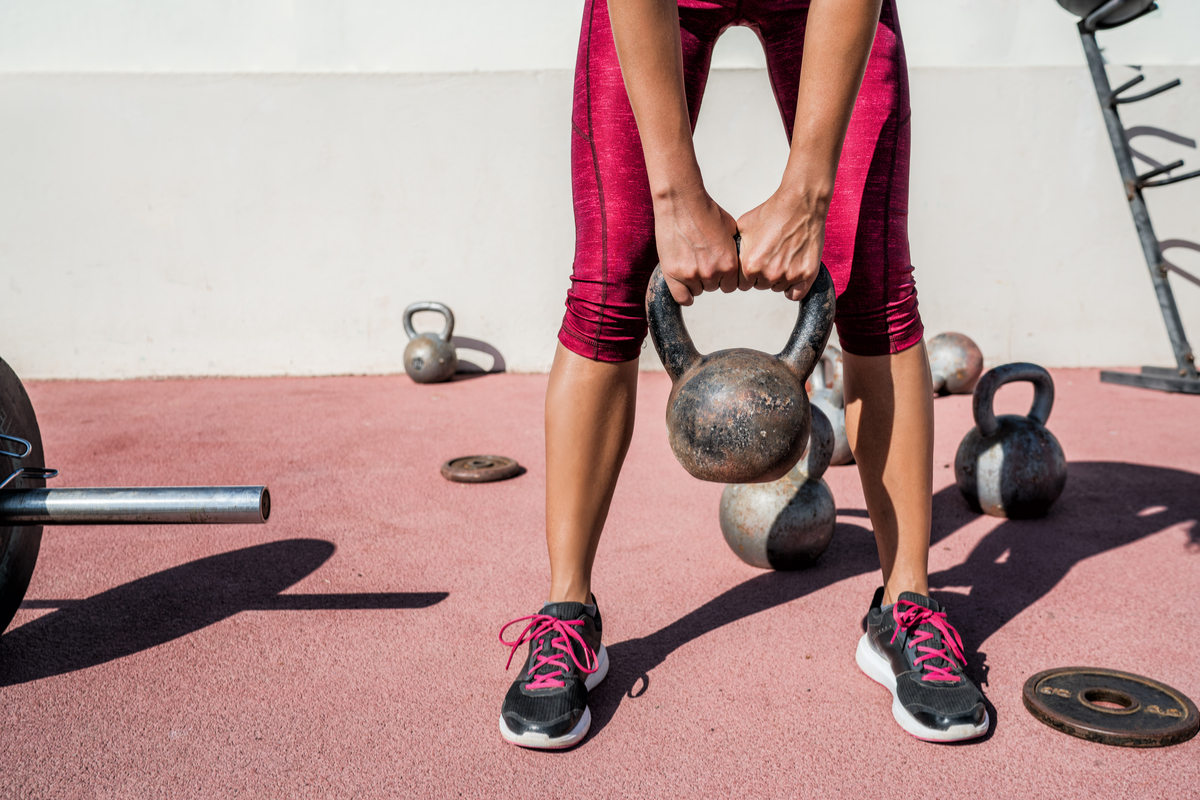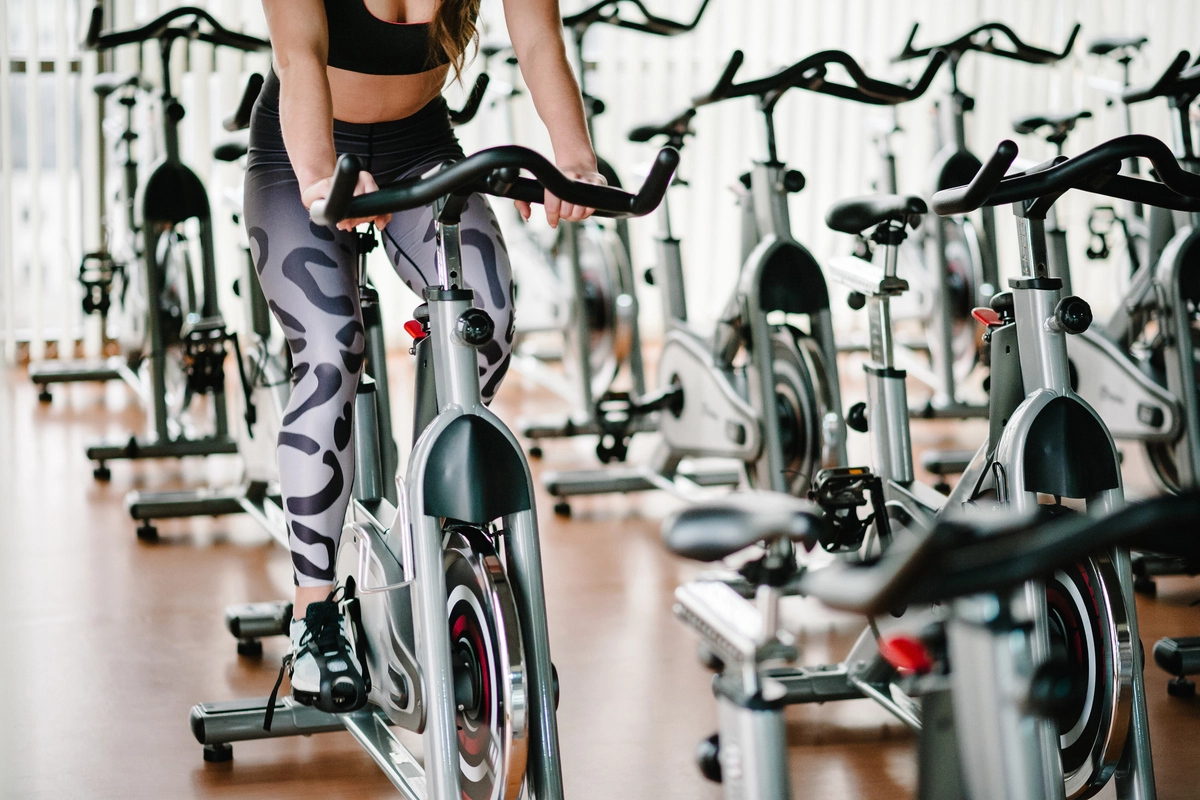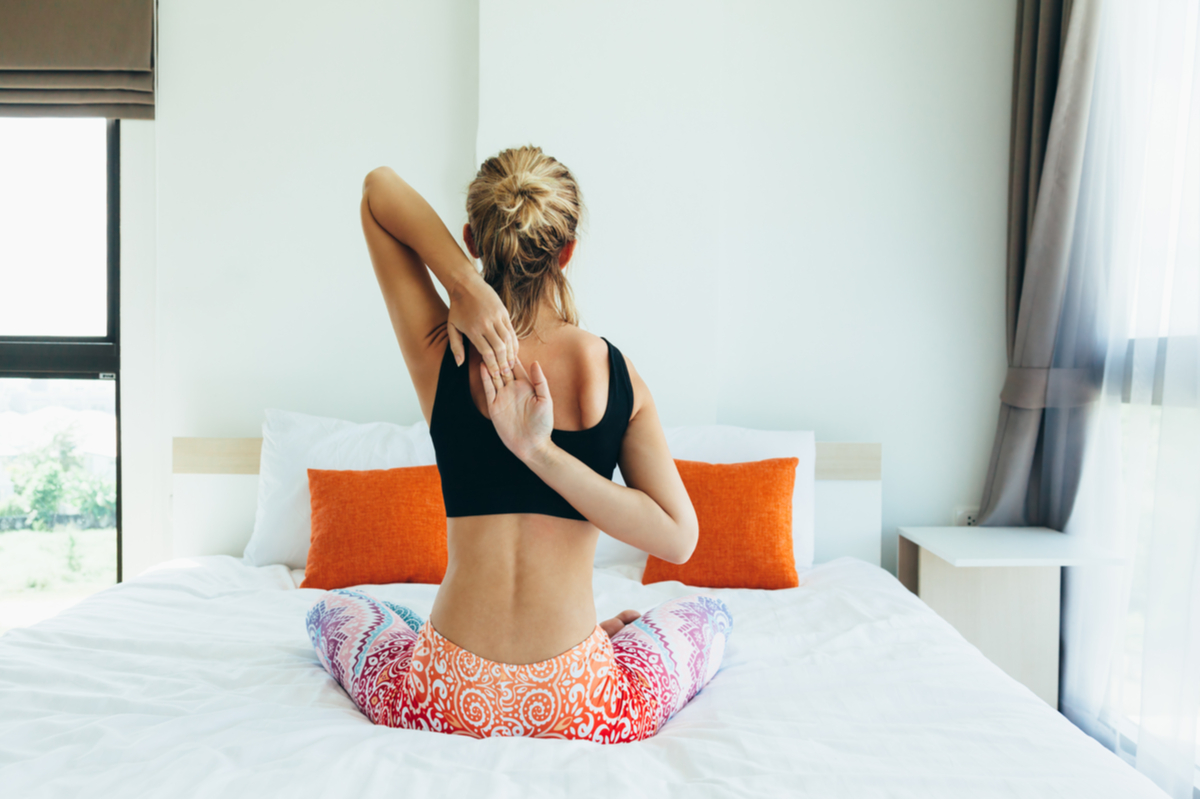Chances are, you had no idea you were doing some of these.
Planks, curls, squats — we have a general understanding of what’s correct and incorrect when it comes to our form, but what about the things we don’t know that we don’t know? As an instructor, I spend a lot of time analyzing and helping my students improve their workouts.
Common exercise and weight lifting mistakes
This includes beginners and advanced students alike: many of the most detrimental mistakes are often the hardest to feel. The four mistakes below are the most common ways I see students develop injuries and struggle to see results.

Not everything you learned about lifting weights in the past holds true in today’s world with advancements in exercise physiology. Additionally, you can’t always trust what you read on the internet. As a trainer/instructor, there are a few major mistakes I see often in my classes, and walking around the gym. I’m not talking about proper form either, these mistakes are a little less visible to the untrained eye:
Holding your breath during exercises
Proper breathing techniques are crucial in supporting a successful workout routine. Did you know your breath is actually a movement? It’s a movement that is meant to support our bodies during exercises and our daily lives. It’s also one of the most commonly forgotten movements by students during class! Here’s why holding your breath can be problematic: our blood pressure increases during weight training. When you hold your breath, it continues to increase, which can potentially lead to very high and unsafe levels of blood pressure. Simply put, you should always exhale when you exert yourself (lift the weight) and inhale on the negative (back to rest).
Not engaging your core
Our core is the center of our body for a reason: it’s the primary support system for nearly every exercise! Since it’s the foundation of all movement, it’s important to understand how to engage it properly. There are many different layers to your core muscles — more so than just your abs. One of the most common mistakes is assuming you just need to suck your belly button in as far as possible. This simply puts pressure on your muscles, not full support. Instead, start by engaging your transverse abdominals (inner core) inward from 360 degrees. This should feel like you’re tightening a corset around your whole core. Once this happens, your core is completely stabilized and ready to take on weighted exercises. Find a full, step-by-step video here!
Choosing the wrong weight for your exercise
We’ve all been there: confused on just how heavy to go for certain exercises. Whether you’re a beginner who’s a little shy or an advanced student looking to push themselves to the limit, there’s room for error. Your weights or resistance should be heavy enough to provide ample challenge on the last few reps, but not become impossible. When you reach that impossible point, you sacrifice proper form. Same goes on the lighter end of the spectrum: your form breaks down, and your muscles aren’t challenged.
Here’s the hack: use light weights (3-8 lbs.) for smaller controlled movements, medium (8-12 lbs.) for upper body movements, and heavier weights (12-20+ lbs.) for lower body movements. This also changes for more functional and unstable weights like sandbags or kettlebells, since these types of weights require more stability which causes your muscles to work a little harder. Adjust accordingly!
Hunching your shoulders
This mistake stems from our everyday lives — stress, sitting at a desk, you name it — and often continues into the gym or studio without you even noticing it. When my students are working their upper bodies or doing exercises like front squats, I make it a point to correct their shoulders to support proper form, as it’s often forgotten due to being in a hunched position during the day. During your workout, check in with your body periodically during sets. Focus on keeping your shoulder blades pinched in the back and lowered away from your ears. This goes for all exercises, even overhead ones!
Light weights with too many repetitions
Chances are, you’ve been trained to think that 8 to 10 repetitions of an exercise makes for a perfect set. Performing more than eight reps will help you build muscular endurance, but not much else. If toning or getting stronger is your goal, opt for fewer reps with heavier weight. Start with a weight that’s 10-20% heavier than what you’d normally use for 8-12 reps. Perform 3 or 4 sets of 5 reps!
Wearing the wrong shoes
Did you know what you wear on your feet matters when it comes to lifting? It’s one of the most important considerations you need to make to stay injury free, and also get the most out of your hard earned reps! While it doesn’t matter too much if you’re doing concentrated upper body exercises, it matters in compound full body lifts.
Opt for a shoe that is flat and grippy. The closer your foot is to the ground, the better support you’ll have in heavy lifts. It also helps you feel and understand the correct form! My personal favorite shoes for lifting include Inov-8, Converse/Vans and Nike Metcon 4’s.
Not having a workout plan
When it comes to weight lifting, nothing will keep you from your goals more than not having a consistent plan. Weight lifting is all about calculated consistency, and hard work. Simply carving out time isn’t enough: you need to build and use a plan that targets your goals. One of the easiest and least daunting ways to plan your lifts is basing them around certain muscle groups. Alternate exercises between muscle groups to allow for proper recovery time!
Avoiding exercises you dislike/aren’t good at
We’ve ALL been there — who absolutely hates pull-ups or burpees? Just like our personal lives, avoiding things causes problems elsewhere! When you avoid certain muscle groups or movements, it creates muscular imbalances across your body, making you more susceptible to injury and bad posture. If you aren’t good at something, take it as an opportunity to learn and improve instead: take group classes to improve on form with an instructor present, and to do lifts you wouldn’t normally do on your own during gym time!





